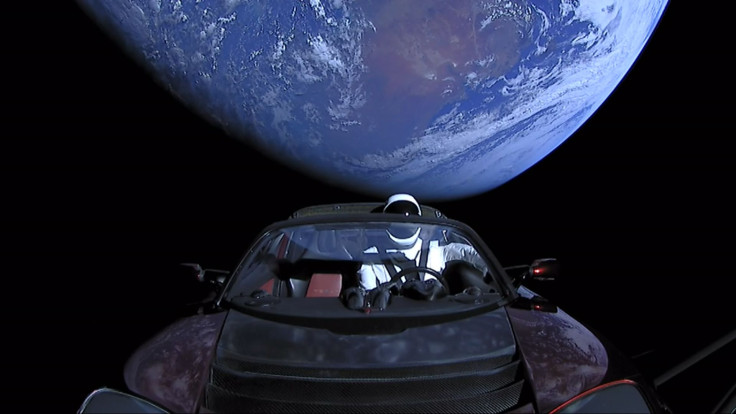SpaceX Falcon Heavy Launched Cancelled Due To Winds, Moved To Thursday

We’re going to have to wait one more day (hopefully) for SpaceX’s Falcon Heavy launch vehicle to make history.
SpaceX scrubbed the historic first commercial launch of the world’s most powerful rocket at 7:25 p.m. ET (11:25 UTC) Wednesday citing unfavorable upper-level winds. Strong winds also forced the cancellation of the second launch attempt scheduled for 8:32pm ET (00:32 UTC).
The next launch window will open Thursday at 6:35 p.m. ET (10:35 UTC) and closing at 8:31 p.m. ET (00:31 UTC). No word on what happens if high winds scrub Thursday’s launch, as well.
The launch will still be broadcast live online via SpaceX’s YouTube channel. This historic first launch of the most powerful rocket since the Saturn V of the 1960s will lift-off from the Kennedy Space Center in Florida.
The mission will place the Arabsat 6A communications satellite into a geostationary orbit over the Middle East. This satellite will deliver hundreds of TV channels and radio stations to homes across the Middle East and North Africa.
On the other hand, Falcon Heavy is expected to be used primarily for U.S. military missions such as launching spy satellites. Its second mission set for June will do just that.
A Falcon Heavy will launch the STP-2 mission for the U.S. Air Force. This mission, however, will also piggyback 25 small satellites for civilian institutions. This mission will cost the Air Force $130 million.
The Air Force said it had selected Falcon Heavy to launch its classified Air Force Space Command-52 satellite later in 2020. Falcon Heavy offers the U.S. military access to all of the desired orbits for its spacecraft.
Wednesday’s launch will be the second for Falcon Heavy following its successful maiden launch on Feb. 6, 2018 when its payload was the personal Tesla Roadster of Elon Musk. The Roadster and its dummy space suited pilot named “Starman” are now headed for the asteroid belt.
Standing 250 feet tall, Falcon Heavy flies with three rocket boosters. The two strapped to the main booster land back on Earth. These boosters will later be refurbished and re-used, which SpaceX says drastically reduces the cost of spaceflight.
During Falcon Heavy’s maiden flight in 2018, its two side boosters made synchronized landings side-by-side in Florida. The main booster, however, missed landing on one of SpaceX’s seaborne landing platforms, and instead splashed into the ocean.
© Copyright IBTimes 2025. All rights reserved.



















